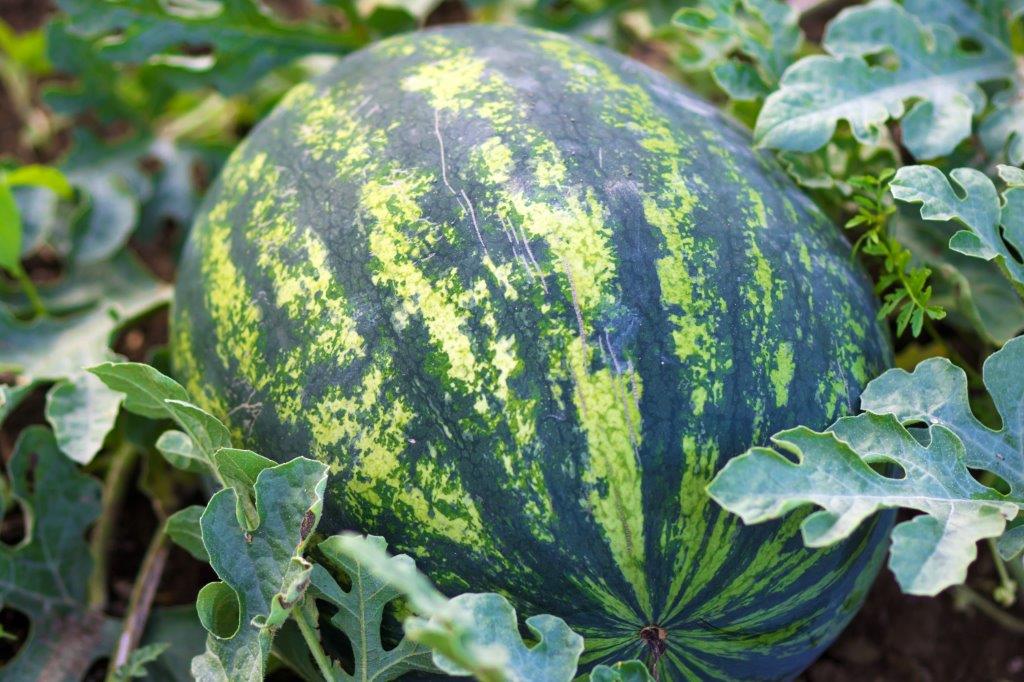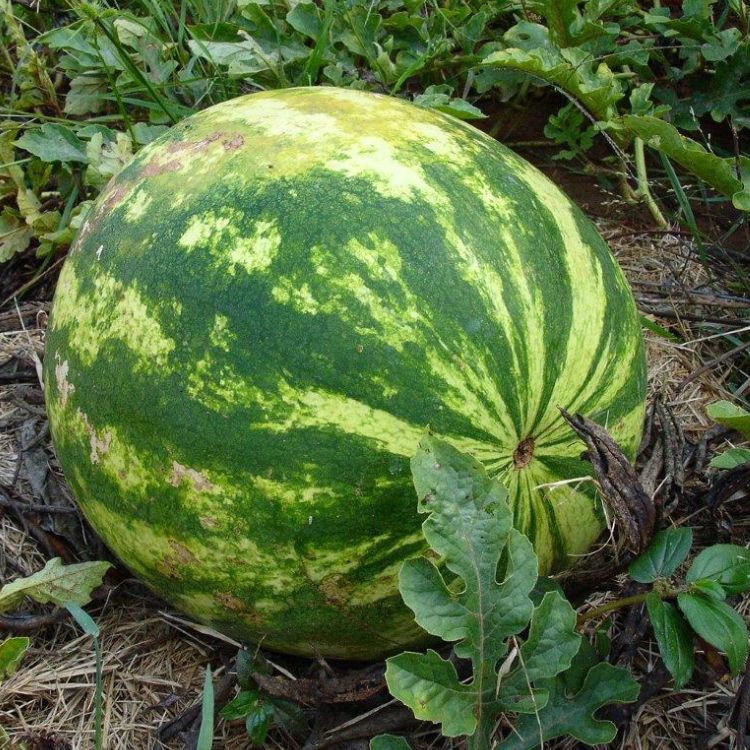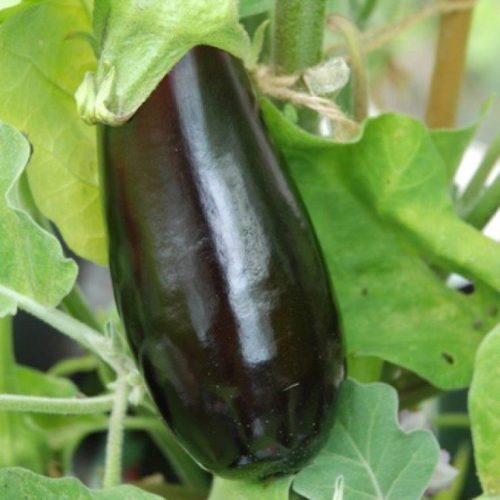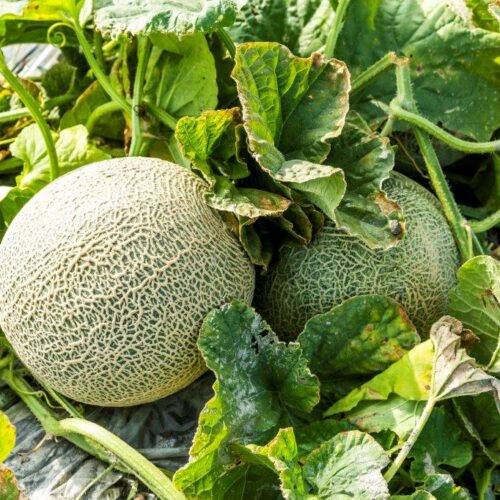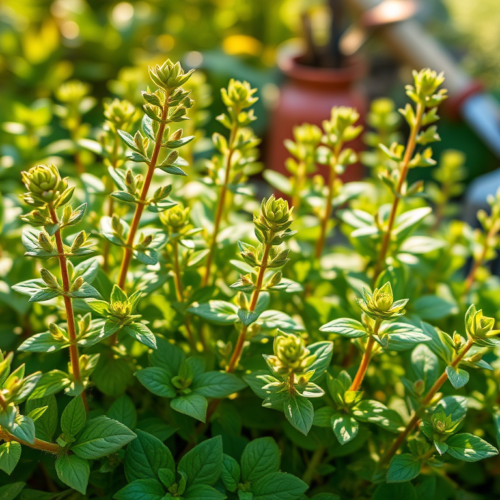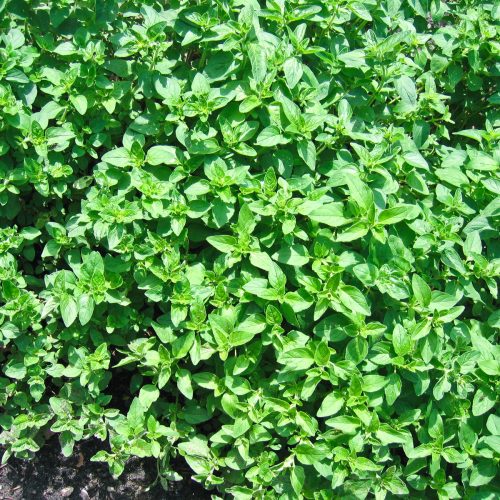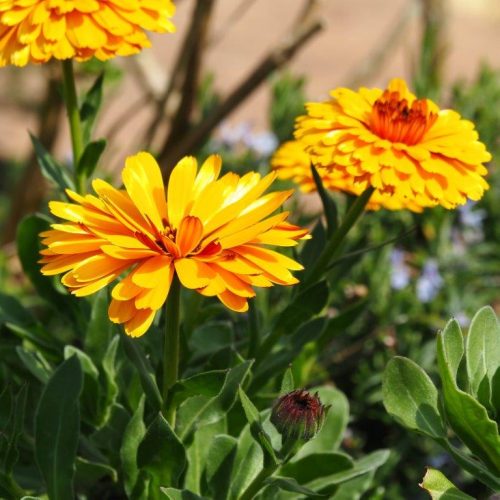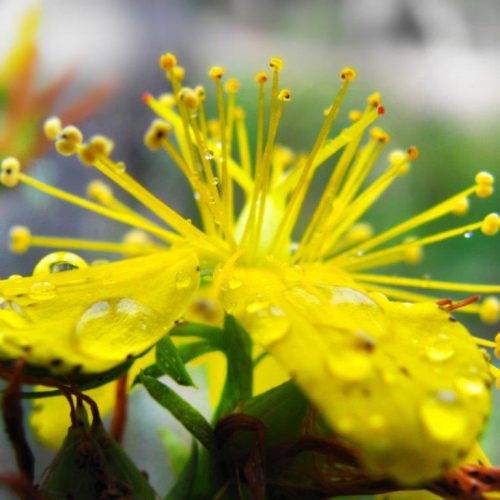Latin name: Citrullus lanatus
20 seeds per gardener’s package
Belonging to the cucurbitae family alongside courgettes, cucumbers, and squashes, Watermelon Crimson Sweet is an annual trailing/climbing vine. Originating in Africa, its seeds have been discovered in the tombs of Egyptian Pharaohs. Although primarily cultivated in tropical and subtropical regions worldwide, including Southern Europe, it presents a unique challenge for growth. While it is recommended to cultivate it in a cold greenhouse, it may thrive in very sheltered outdoor areas. The unmistakable features of watermelon include large, round, light green stripy fruits with reddish flesh and black seeds.
To cultivate watermelon, sow seeds in high-quality organic compost in 8 cm pots between March and April. Planting the seed on its side helps prevent rotting. Germination requires a temperature of 21 degrees Celsius. Grow the plants at a lower temperature, potting up as necessary. Transplant them into the greenhouse or polytunnel border in May, providing ample space for the trailing stems that can reach 2 or 3 meters with large three-lobed leaves. Watermelon plants, true to their name, demand abundant water and regular feeding, akin to tomatoes. Insects are essential for pollination. Harvest the watermelon from September to October, bearing in mind they may not reach colossal sizes.
Concerning pests and diseases, watermelon may encounter common greenhouse nuisances such as aphids and whitefly. Address this issue using biological controls.
In culinary terms, watermelon is delightful on its own, cut into wedges. Additionally, it proves versatile in salads, summer beverages, and sorbets. Pair it with feta cheese for a perfect blend of saltiness and sweet coolness. Complementing strawberries and fresh mint, watermelon adds a refreshing touch to various dishes.

